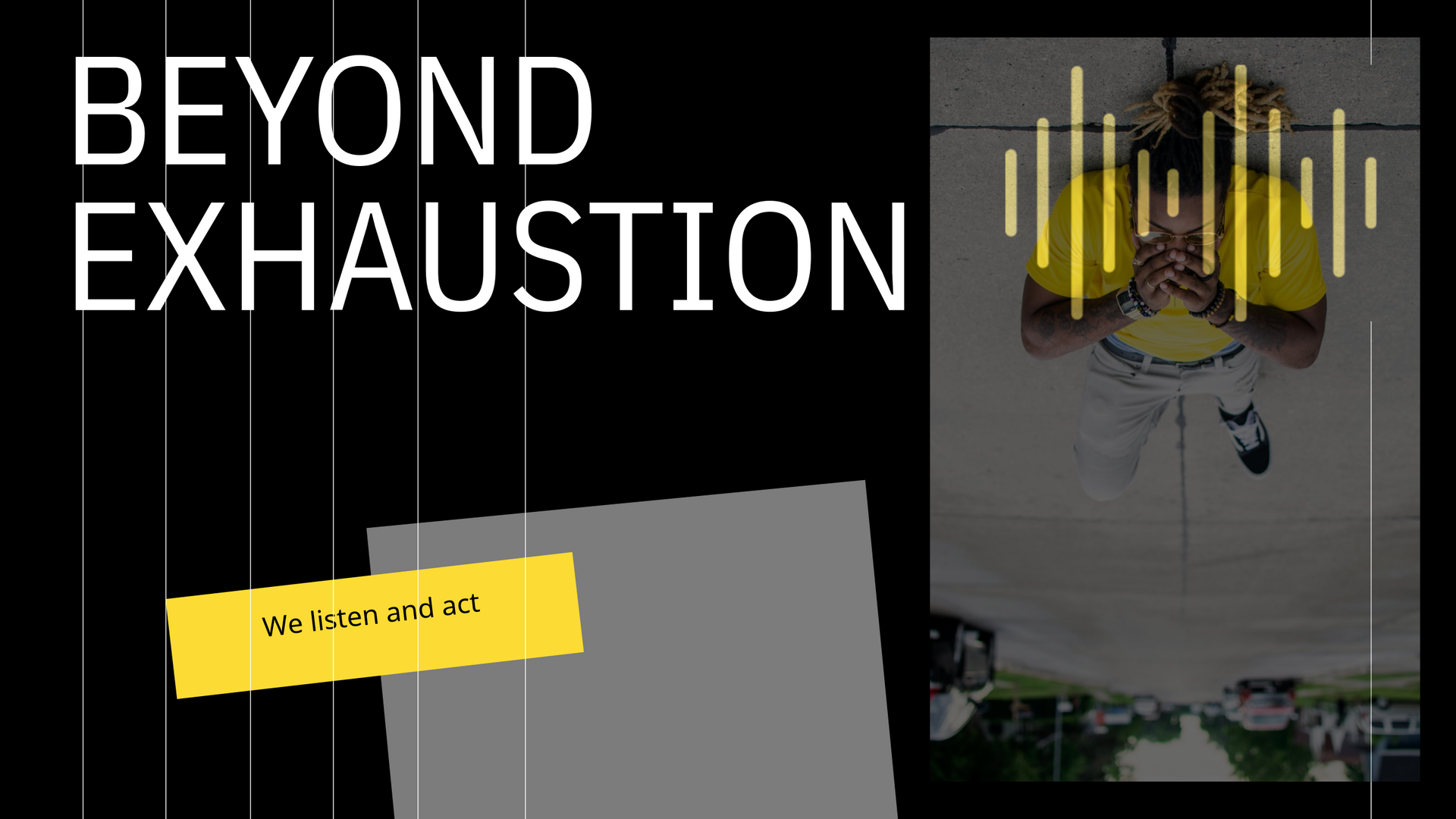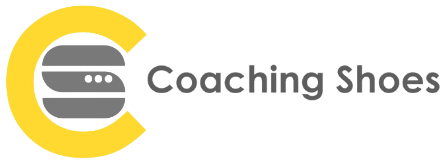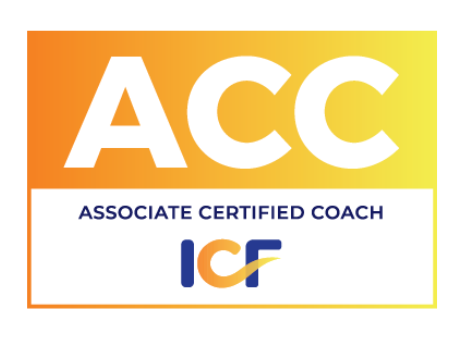The Confidence Code
June 3, 2024
"The Confidence Code - The Power of Small Wins"
One of the most important things I've realised since starting my coaching company is the Power of Small wins. In my previous career, I would typically start my Mondays with the best intentions—waking up early, hitting the gym, creating a mental to-do list, and diving into work.
However, as my to-do list grew longer throughout the day, I became more uptight. My focus would start to decline, and I would end up pushing tasks to the side, feeling dissatisfied by the end of the day and then questioning the value I delivered. This always left me with a feeling of how I could manage the Monday start-up better.
I started to realise I was in a cycle of aiming for the big win perspective, which often led to:
- Decreased Motivation: Feeling overwhelmed by the sheer size of my goals made it challenging to get started and stay motivated.
- Eroded Confidence: Repeatedly falling short of my ambitious targets chipped away at my daily self-belief.
- Increased Overwhelm: Trying to tackle everything at once led to a sense of being constantly behind.
- Scattered Focus: Jumping from one task to another without fully completing them resulted in poor productivity and a lack of progress.
- Fragile Resilience: Encountering setbacks and roadblocks felt like sinking in mud, making it hard to move forward.
Nowadays, I always set out to approach Mondays from an entirely different perspective. I start the day with a simple goal: embracing the power of small wins. This change in perspective has had a big impact, boosting my confidence and overall daily resilience.
Habits to Develop for Embracing Small Wins and Cultivating Positive Energy:
- "Quick Win" Board: Create a visual display (physical or digital) to showcase quick, impactful accomplishments. These could include efficiently resolving a client issue, exceeding a business target, or streamlining a process. Celebrate these wins regularly to boost morale and maintain momentum.
- "Customer Delight" Log: Keep a log of positive client feedback or testimonials. Share these regularly with the team to reinforce the impact of your work and inspire continued excellence.
- "Innovation Hour" (Small win, High Impact!): Dedicate one hour weekly to brainstorming and implementing minor improvements to existing processes or products. These incremental enhancements can lead to significant efficiency gains and competitive advantages.
- "Peer Recognition Platform": Establish a platform for employees to publicly acknowledge and appreciate each other's contributions. This will foster a culture of recognition and reinforce the value of individual efforts.
- "Growth Mindset" Meetings (Another small win, high impact!): Initiate regular team meetings focused on identifying areas for personal and professional development. Encourage employees to set small, achievable learning goals and celebrate their progress towards acquiring new skills and knowledge.
By shifting focus from grand aspirations to a series of more minor, high-impact achievements, I've experienced a remarkable transformation. My confidence is up, and my resilience has strengthened. I now approach each day with a fresh sense of purpose and energy.
Embrace the perspective of Small Wins = High-impact outcomes.
John@coachingshoes.nl
Coaching business and self-improvement
LET'S TALK
Ready to take that first step and try on your Coaching shoes.
Contact me for that
First Free Test Run
Share Coaching Shoes





